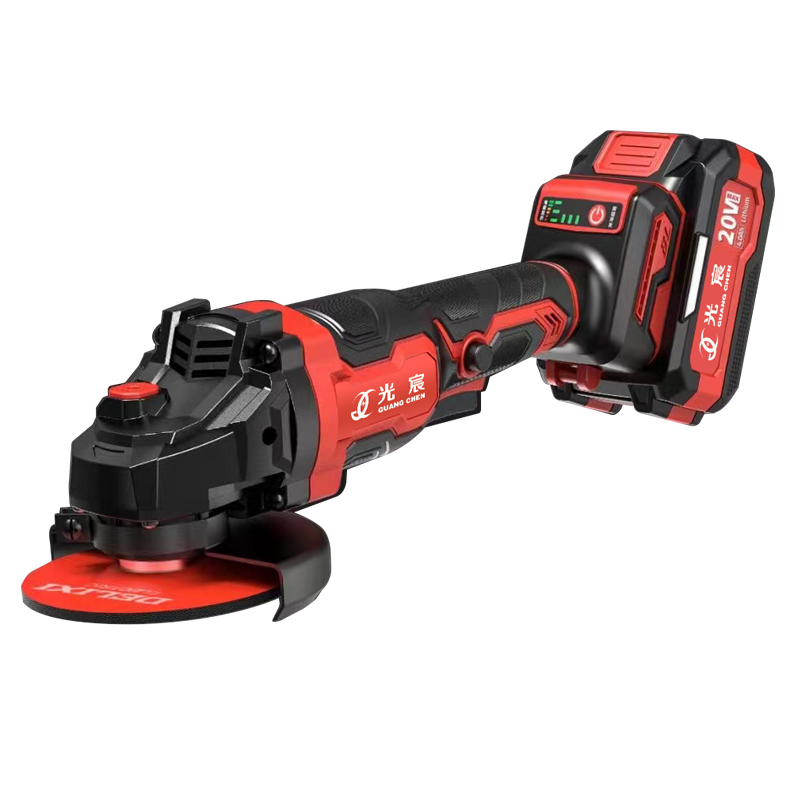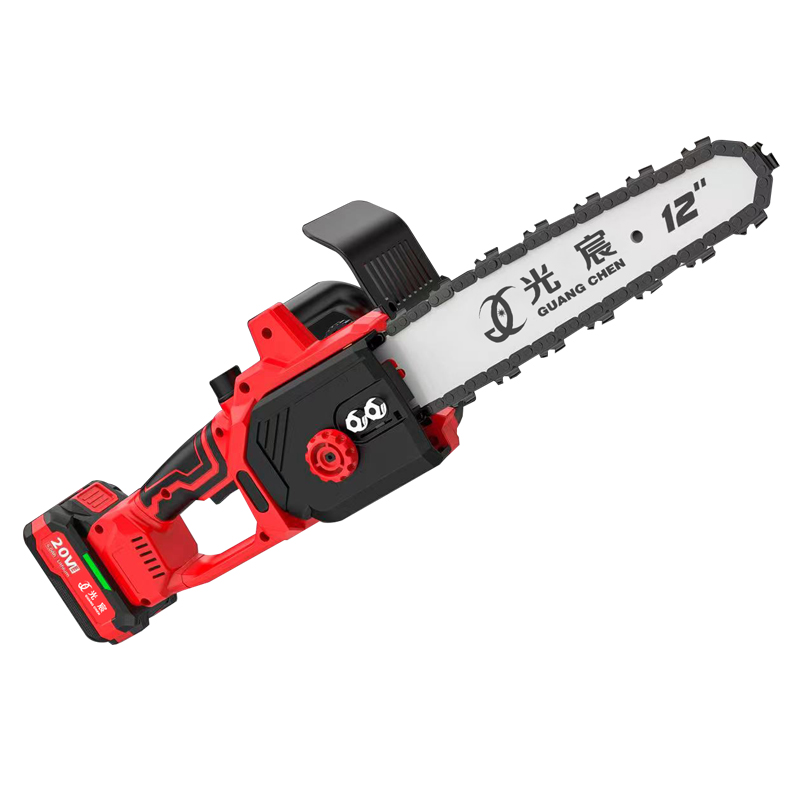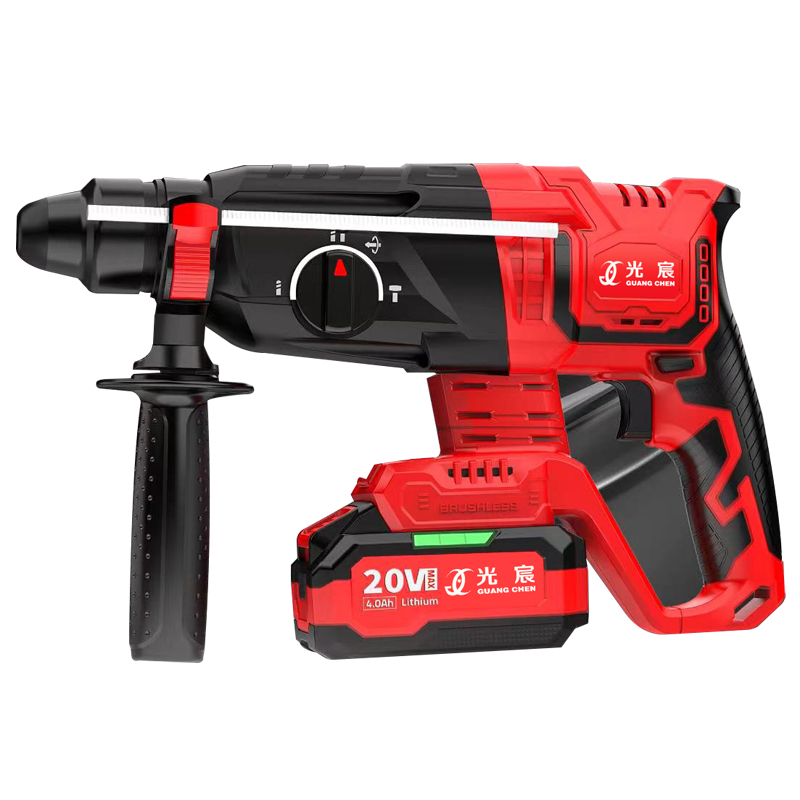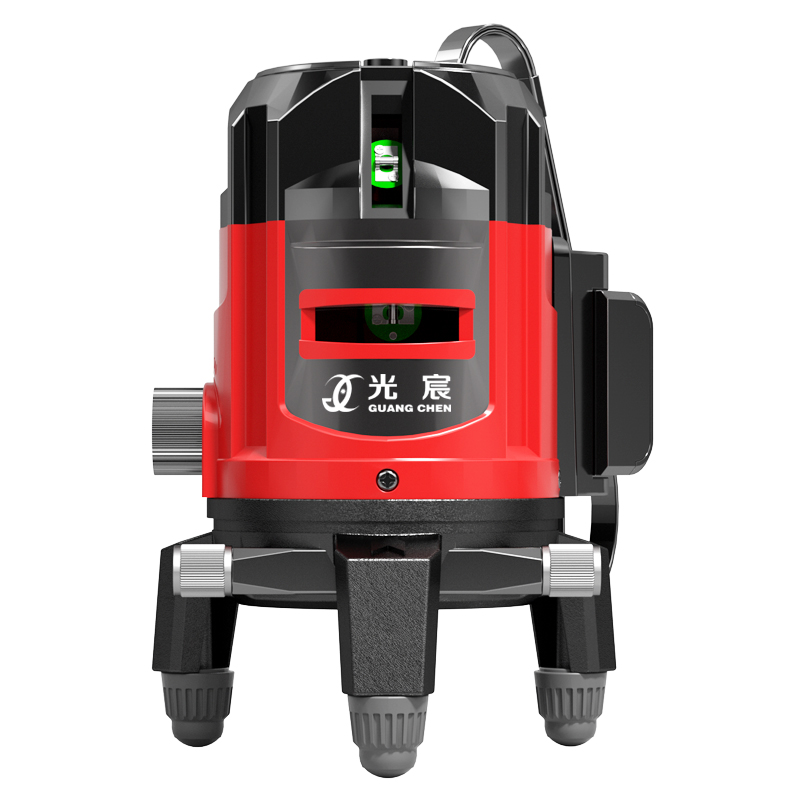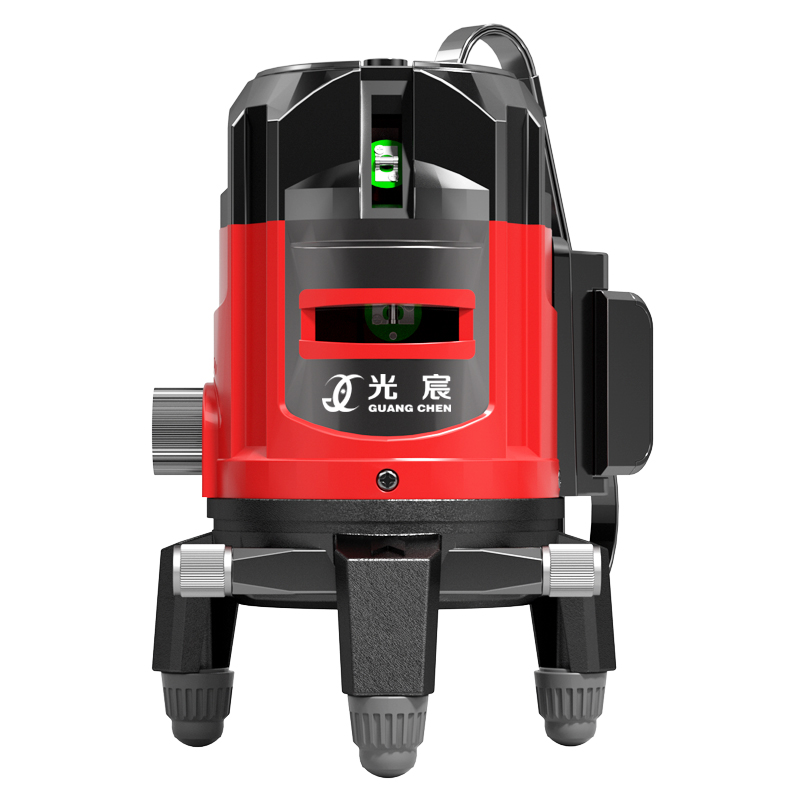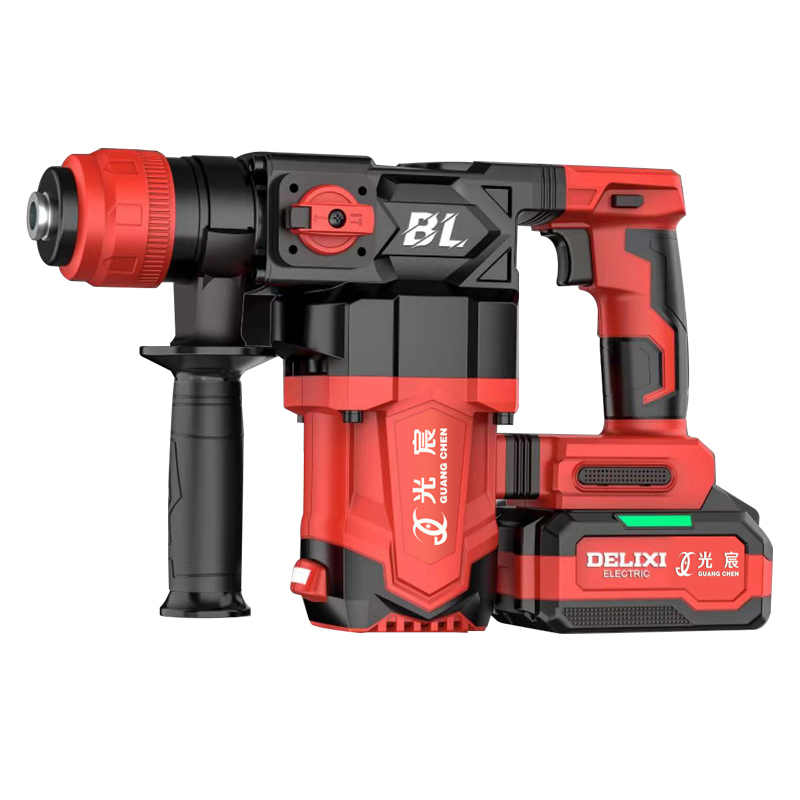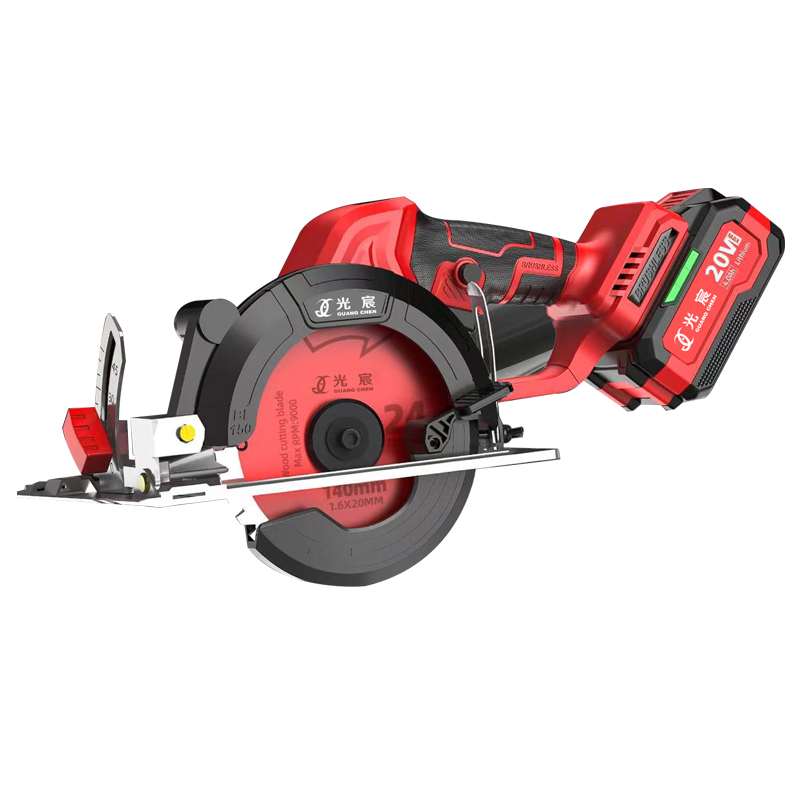Five-Line Laser Level: A High-Precision Measurement Tool for Modern Construction and Decoration
The five-line laser level, as a representative of modern measurement tools, has become an indispensable device in construction, decoration, and various engineering projects due to its high precision, versatility, and ease of operation. This article provides a comprehensive introduction to the working principles, technical features, application scenarios, and key considerations for selecting a five-line laser level, helping you understand the value and advantages of this professional tool.
Basic Principles and Structure of the Five-Line Laser Level
The five-line laser level is a precision instrument that uses laser technology for horizontal and vertical measurements. Its core working principle is based on laser diode emission and an automatic leveling system. Typically configured with one horizontal laser line and four vertical laser lines (1H4V setup), this instrument projects an accurate cross-reference grid in space, providing comprehensive benchmarks for construction.
The device employs a gravity pendulum auto-leveling mechanism, automatically adjusting to a perfectly horizontal state when placed within a tilt range of ±3° to ±5°, without manual intervention. Advanced models are equipped with tilt sensors and microprocessor control, triggering audible or visual alarms if the tilt exceeds the auto-leveling range (usually ±3° to ±5°). This auto-leveling feature significantly improves efficiency and reduces human error.
Structurally, the five-line laser level consists of several key components: high-precision laser diodes (typically green light, 520–532 nm wavelength), precision optical lens assemblies, an auto-leveling suspension system, high-capacity lithium batteries (e.g., 18650 cells, 2400–4000 mAh), and a shockproof and dustproof housing. Premium products use imported bearings and aluminum alloy feet to ensure stability and accuracy during operation.
Core Technical Parameters and Performance of the Five-Line Laser Level
The performance of a 5-line laser level is primarily reflected in a series of key technical parameters that determine its suitability for different applications and measurement accuracy. Accuracy class is one of the most critical indicators. High-quality five-line laser levels achieve a horizontal accuracy of ±2 mm/10 m, meaning the error does not exceed 2 mm within a 10-meter distance. Some industrial-grade models even reach ultra-high precision levels of ±0.1 mm/m.
The working range varies by model, typically between 10 and 20 meters. However, with a laser receiver, professional models can extend this range to over 50 meters. Notably, laser visibility depends heavily on ambient light conditions, which is why most professional five-line laser levels use green lasers (520–532 nm wavelength) instead of red lasers—green light is 4–6 times more visible to the human eye in bright environments.
The auto-leveling range is another essential specification, with mainstream products offering ±3° to ±5° of automatic adjustment. Beyond this range, the device alerts users via audible alarms or LED flashes. Additionally, the protection rating (e.g., IP54) indicates dust and water resistance, making the tool suitable for harsh construction environments.
Battery life is another consideration. Five-line laser levels typically use rechargeable lithium batteries (e.g., 18650 cells), providing 4–10 hours of continuous operation in full five-line mode, depending on battery capacity and ambient temperature. The operating temperature range is generally -10°C to +50°C, while storage temperatures can range from -20°C to +70°C, ensuring performance in various climates.
Industry Applications and Value of the Five-Line Laser Level
Thanks to its multi-line projection and high precision, the five-line laser level plays a crucial role in numerous fields. In construction, it is used for wall verticality checks, floor leveling, formwork alignment, and other critical tasks. Its ±2 mm/10 m accuracy meets most construction standards, improving efficiency by 3–5 times compared to traditional spirit levels and plumb lines while significantly reducing human error.
In interior decoration, the five-line laser level is indispensable. For tile installation, it projects both horizontal and vertical reference lines, ensuring perfect alignment. When installing ceilings, the laser quickly marks a uniform height reference throughout the room, eliminating the need for repeated measurements. Similarly, it simplifies tasks like door/window installation, cabinet mounting, and stair construction by providing a spatial reference grid.
The five-line laser level is equally valuable in electromechanical installations. Tasks such as plumbing, electrical conduit routing, fire sprinkler systems (requiring precise slopes), and HVAC ductwork demand strict leveling and alignment—all efficiently handled by the five-line laser. The simultaneous projection of five laser lines allows workers to mark all necessary references at once, eliminating the need for repeated adjustments.
Notably, five-line laser levels are also widely used in outdoor projects, such as landscaping, fence construction, and drainage slope control. While bright sunlight can reduce laser visibility, specialized laser receivers extend the effective working range to 20–50 meters. Some professional models even feature remote control functionality for single-person operation.
Current Technological Developments in Five-Line Laser Levels
Laser level technology has evolved significantly since the 1990s. Early models used bulky, expensive helium-neon laser tubes (costing thousands of dollars), limiting their use to large construction firms. With advancements in laser diode technology—particularly green laser diodes—modern five-line laser levels have become more affordable while maintaining high performance.
Current technological progress focuses on three areas: light source technology, smart features, and structural design. For light sources, many products now use high-quality laser diodes (e.g., Osram) to achieve 1 mm line width and high brightness. Smart features include touchscreen controls (capacitive touch buttons with anti-misoperation), tilt alarms, and automatic power-off protection. Structural improvements emphasize compactness, lightweight design, and durability, such as using high-grade aluminum alloy feet and imported bearings for enhanced stability.
A key advancement is the impact of lithium battery technology on five-line laser levels. Early models relied on AA alkaline batteries, which had short lifespans and were environmentally unfriendly. Modern high-end models feature large-capacity lithium-ion batteries (e.g., 4000 mAh) with USB charging, providing over 4 hours of continuous operation in full five-line mode. Some models also include battery level indicators to prevent unexpected shutdowns.
Another trend is multifunctional integration. Traditional five-line laser levels only project static laser lines, but newer models may incorporate rotating laser functions (360° scanning), distance measurement, or even data transmission (via Bluetooth or smartphone apps). These innovations allow a single device to handle more complex tasks, increasing its utility.
Key Operating Tips and Maintenance Recommendations
Proper use and maintenance are crucial for ensuring measurement accuracy and prolonging the lifespan of a five-line laser level. The operating procedure generally involves the following steps:
- Check battery level to ensure sufficient power.
- Place the device on a stable tripod or flat surface and press the power button.
- Wait for the auto-leveling process to complete (indicated by a beep or LED change). Avoid moving the device during this time.
- Once leveled, the laser lines can be projected for measurements.
Important precautions:
- Avoid direct eye exposure to the laser beam or pointing it at others. Although most five-line laser levels use Class II lasers (<1 mW output), direct eye exposure can still cause harm.
- In bright environments, use a laser enhancement lens to improve visibility.
- If the device emits a tilt alarm, reposition it within the auto-leveling range to ensure accuracy.
Calibration checks are essential for maintaining precision. Before critical tasks or after significant impacts, verify accuracy by placing the device 5 or 10 meters from a wall, marking the laser lines at different rotation angles, and comparing deviations (≤1 mm at 5 m, ≤2 mm at 10 m). If deviations exceed tolerance, seek professional recalibration—never attempt DIY adjustments.
Maintenance tips:
- Regularly clean the laser windows with a soft, dry cloth (avoid solvents).
- Store in a dry environment and remove batteries if unused for extended periods.
- Protect from drops and impacts, as even rugged models can suffer internal misalignment.
- If accuracy degrades, auto-leveling fails, or laser brightness weakens, send for professional repair instead of continued use.

 English
English русский
русский Español
Español عربى
عربى
